We caught up with the brilliant and insightful Stephanie Sandoval a few weeks ago and have shared our conversation below.
Stephanie, thanks for joining us, excited to have you contributing your stories and insights. Are you happy as a creative professional? Do you sometimes wonder what it would be like to work for someone else?
Yes, I am happy as an artist! Like any other field, it’s not perfect, but I wouldn’t change it.
And yes, I often think about what it would be like to have a job outside the artistic world, mainly because I come from a non-artistic background where my parents and most friends have careers in more conventional/traditional fields such as engineering or business. In fact, choosing to dedicate my life to the arts after graduating high school felt like a risk. Born and raised in Honduras, a country whose economy primarily relies on the international trading of national goods such as coffee beans, I grew up believing that art is not a “real job” but a hobby. Because of the way the economy works in the country, the job market is mainly centered around basic needs like healthcare, education, transportation, etc. So, choosing an artistic path was definitely out of the ordinary. Different people had different opinions about my decision. But… do I regret it? Not at all.
To me, choosing art wasn’t about rebelling against my traditions. In fact, I love my culture, family, and friends regardless of whether they see value in art. I understand why career paths like medicine and engineering are essential to society, and I highly appreciate their contribution to humanity.
However, one has to follow what one’s heart was made for. And STEM-related careers didn’t fulfill my heart. Even though one of my favorite classes in high school was math (yes, I was a math club kid), pursuing a career like this made me feel incomplete and shallow. Solving an algebraic equation was fun, but it didn’t reach my heart’s desire for the transcendental, which I think is the rock bottom of why I love art; through the use of shapes and colors, art is a field that reaches the depths of the human heart, in a way that no other field does. And since this is often an invisible, intangible impact, not many people appreciate it. But whether it’s through movies, music, poetry, or even beautiful ads and animations over social media, the impact is there. Art uses an intangible language to reach the intangible depth of our human emotions.
Conclusively, I’ve discovered I have a strong love for exploring the beauty and meaning of life, which often can’t be explained entirely through materialistic or academic means. So, I don’t think I’d ever change being an artist. If any, I would prefer my art to change others. Inspiring others to greater introspection and encouraging them to explore the depth of their hearts would be a dream come true for me.
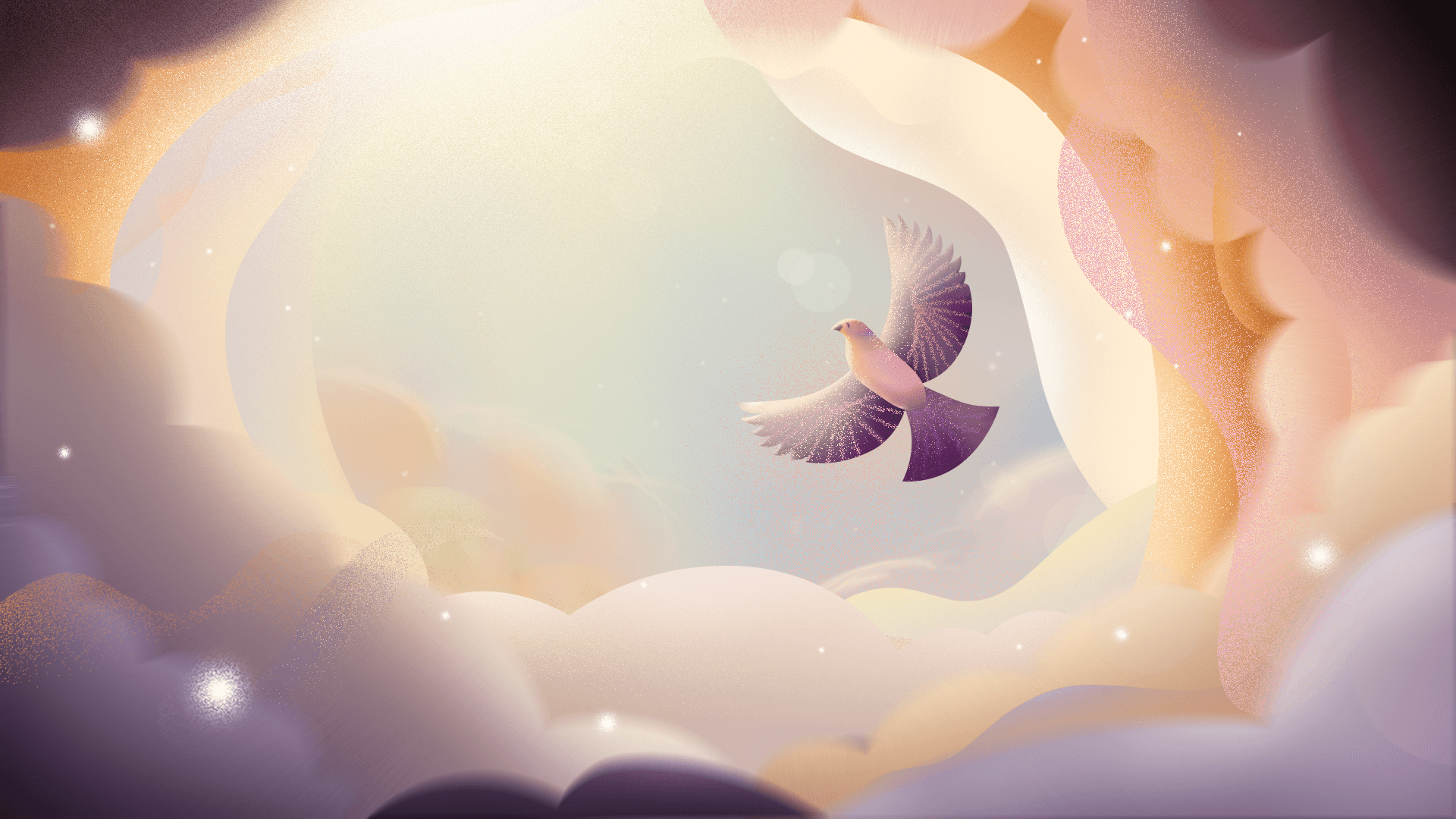
Great, appreciate you sharing that with us. Before we ask you to share more of your insights, can you take a moment to introduce yourself and how you got to where you are today to our readers.
Well, to begin with, hi! I’m Stephanie Sandoval. I’m a motion designer born and raised in Honduras but currently based in Savannah, Georgia. For those of you who don’t know what motion design is, I’m basically both a designer and an animator. However, I don’t animate for traditional forms of storytelling such as Disney or Pixar movies or shows. Instead, motion graphics focuses on short-form animation, usually seen in advertising, infographics, title sequences, or even the graphics on your local weather channel. Motion graphics is everywhere, but it wasn’t until recently that people started to become familiar with the term.
I got into motion design around age 10, when I first discovered the world of YouTube and the beauty of short-form video content. I fell in love with it and created ‘short animated videos’ for my high school, friends, and family! Years later, I learned that those videos had a name… motion graphics!
As of today, I am about to graduate from art school, pursuing a BFA in Motion Media Design at the Savannah College of Art and Design, where my artistic style has broadened. From illustration and typography to 3D animation, I am captivated by the incorporation of distinct styles within my work. Aside from developing my technical abilities, my passion for storytelling has grown. Writing my own scripts, developing narratives, and creating my own voice-overs are some of my new interests. As my life expands beyond the classroom, I look forward to creating high-quality work whose charm relies not only on stunning visuals but also on the beauty of its story.

Is there something you think non-creatives will struggle to understand about your journey as a creative? Maybe you can provide some insight – you never know who might benefit from the enlightenment.
It depends on the type of non-creative person. In general, I’ve met people who also share a love for the depth of life, such as those who enjoy reading philosophy and poetry but don’t necessarily create art. Even though they might not know the technical aspects of art and design, they understand creative minds well and can appreciate art. They know the millions of aesthetic choices that convolute the artist’s mind.
The main struggle can be for non-creatives with less of these sensibilities. The battle here stems from a lack of investigation into artists. Some might underestimate how much work goes into the creative process simply because they are unfamiliar with it. Executing a creative personal idea would be an excellent place to start debunking these myths. Whether it’s a painting or rearranging your Instagram aesthetic, it will probably take longer than you think. Making beautiful things takes time. In fact, I encourage non-creatives who struggle to understand the importance of art and the time it takes to dig deeper the next time they see something or even someone beautiful. Was it a movie? A coffee shop? A person? Did they make intentional decisions to look that way? Who were the people who created your favorite restaurant? Are the aesthetic choices you like so much merely a coincidence? Or did someone take the careful time to make it beautiful?
The process usually consists of hundreds of iterations before you can arrive at a version you are satisfied with. As one of my professors once said, “The creative process is not efficient.” Arriving at a happy iteration within the early stages of your process is not the norm; it’s a luxury.

What’s the most rewarding aspect of being a creative in your experience?
For me, the most rewarding aspect of being an artist is devoting my time to something that matters. Doctors take time to heal physical illnesses and wounds; to me, artists give voice to and help express the intangible realities of human hearts, an expression necessary for growth and inner healing. As I mentioned earlier, it can get difficult in a room where people don’t believe your work matters. But going back to what I said, the fact that other people can’t see the importance of art doesn’t mean it’s not there. And sometimes, that belittling makes me love my craft even more because it becomes a vessel for me to grow in virtue; it allows me to grow in humility.
Contact Info:
- Website: https://stephanievsandoval.com
- Instagram: https://www.instagram.com/stephanievsandoval
- Linkedin: https://www.linkedin.com/in/stephanievsandoval
- Other: [email protected]
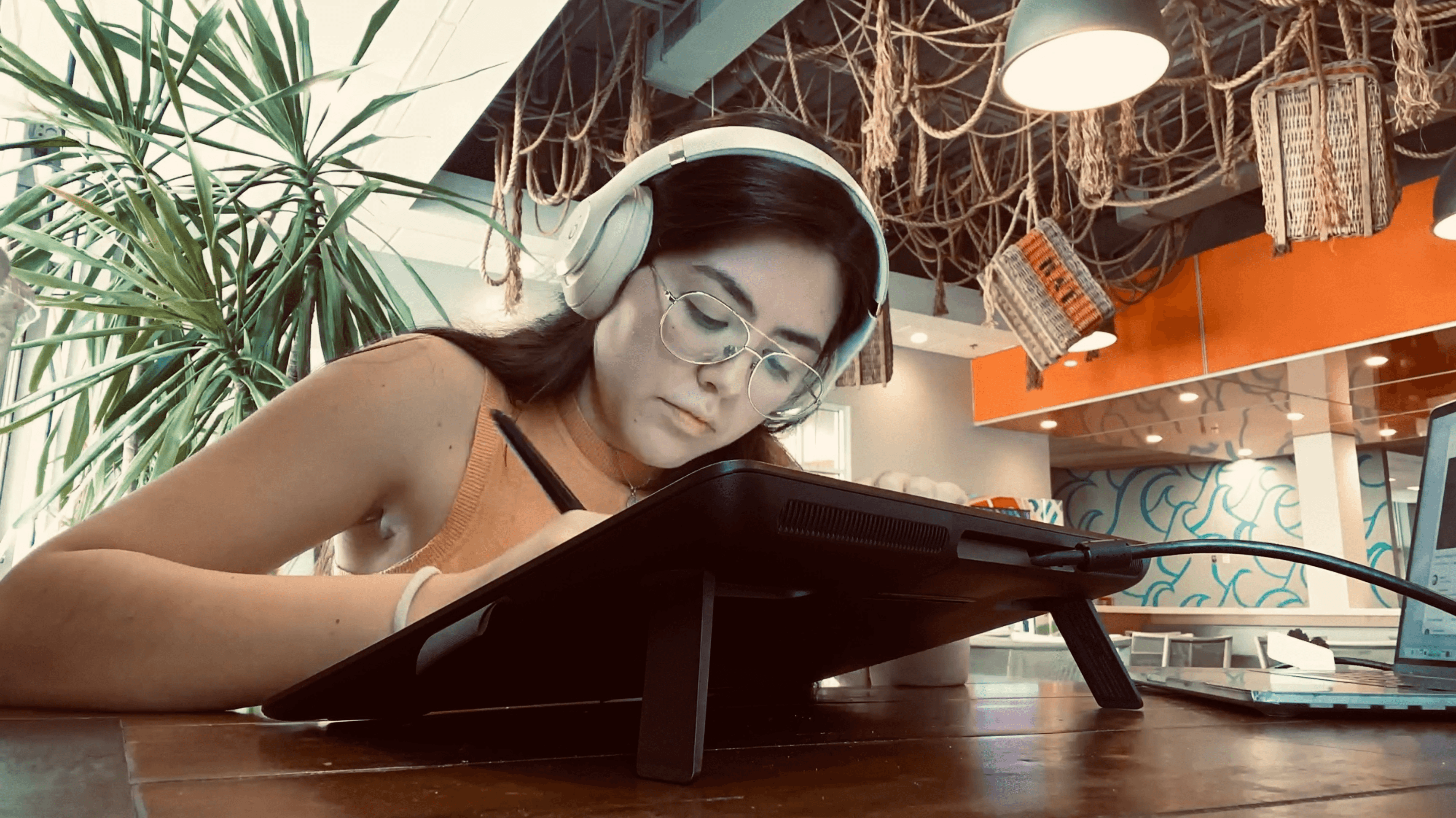
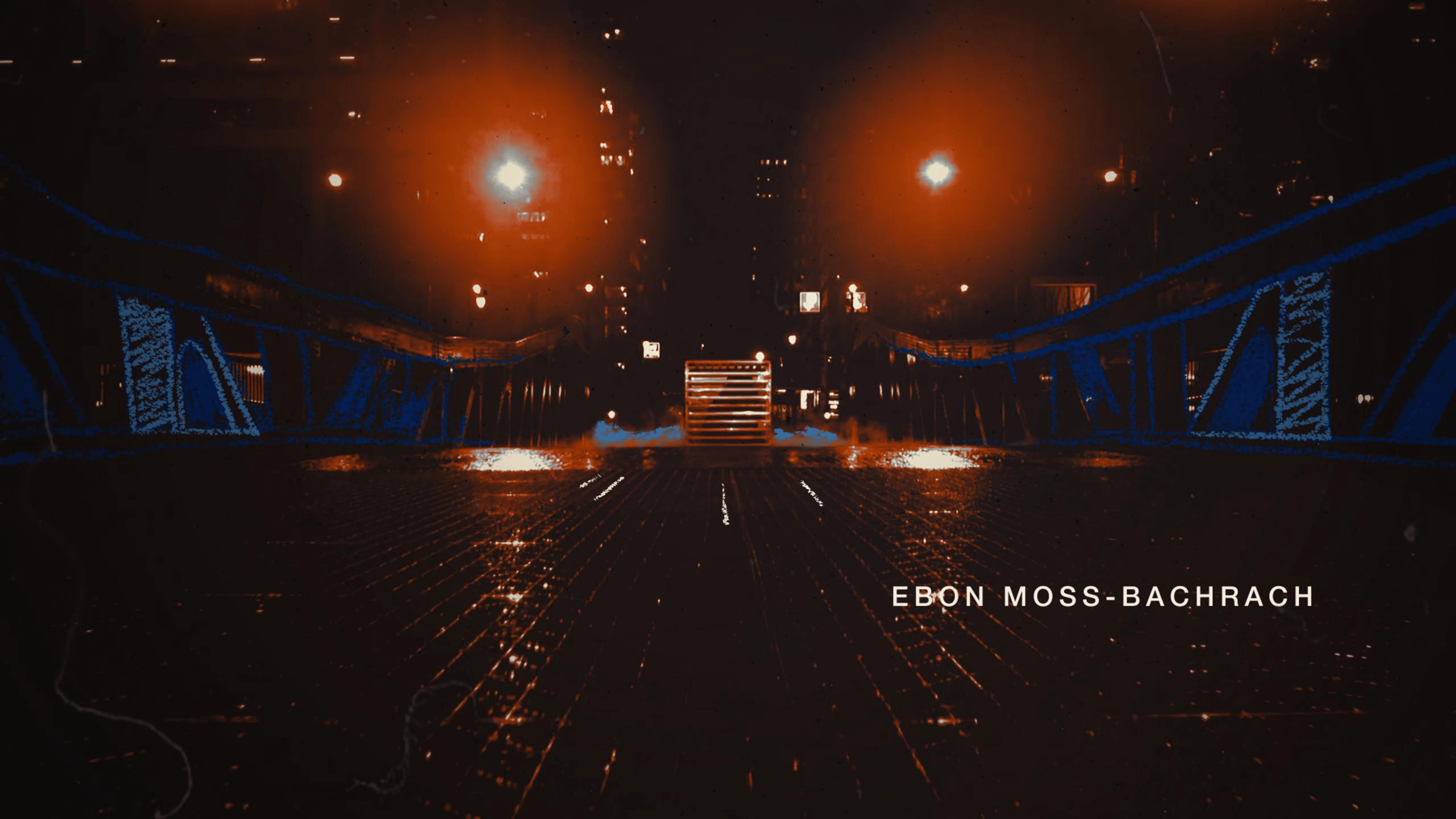
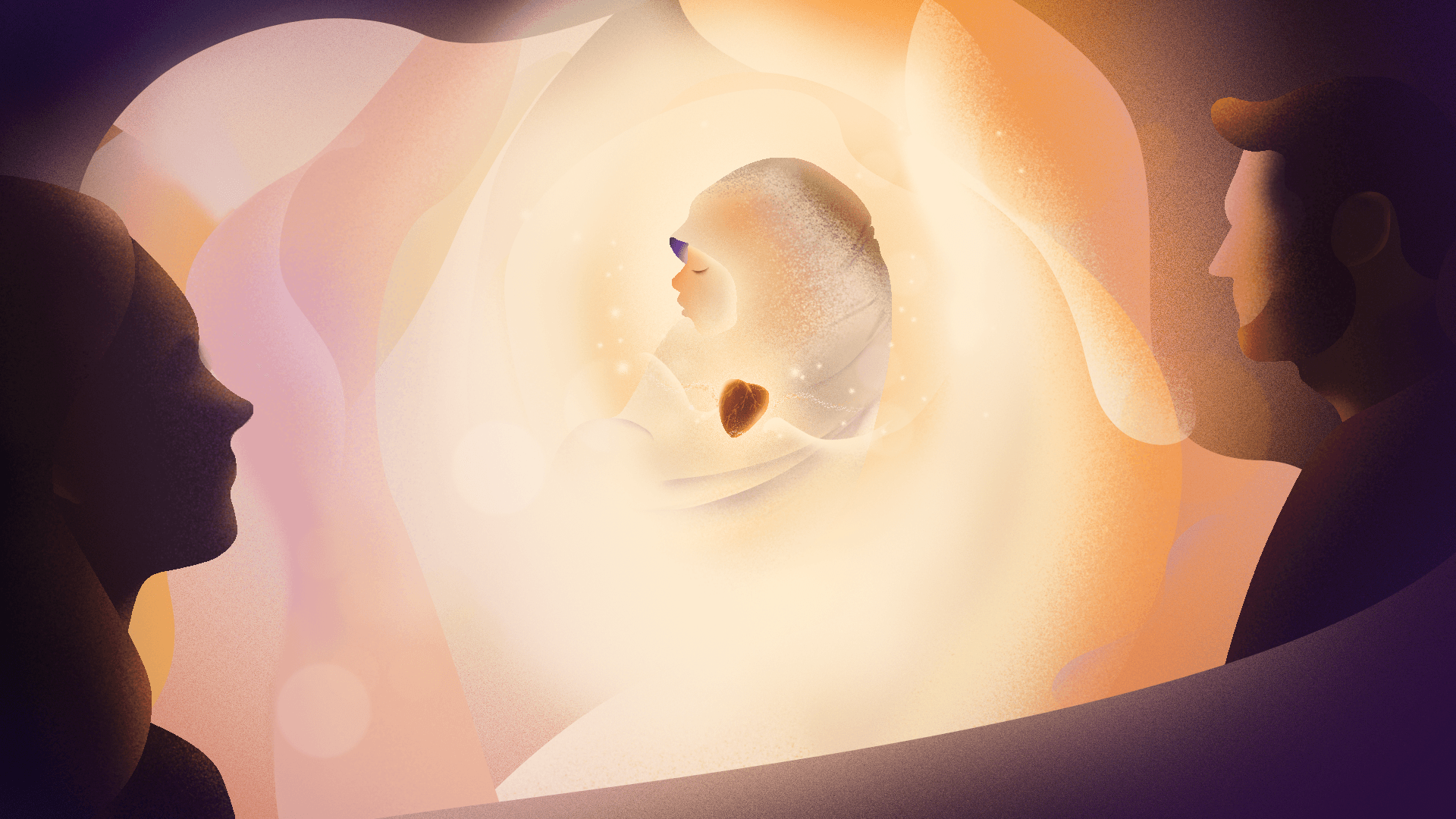

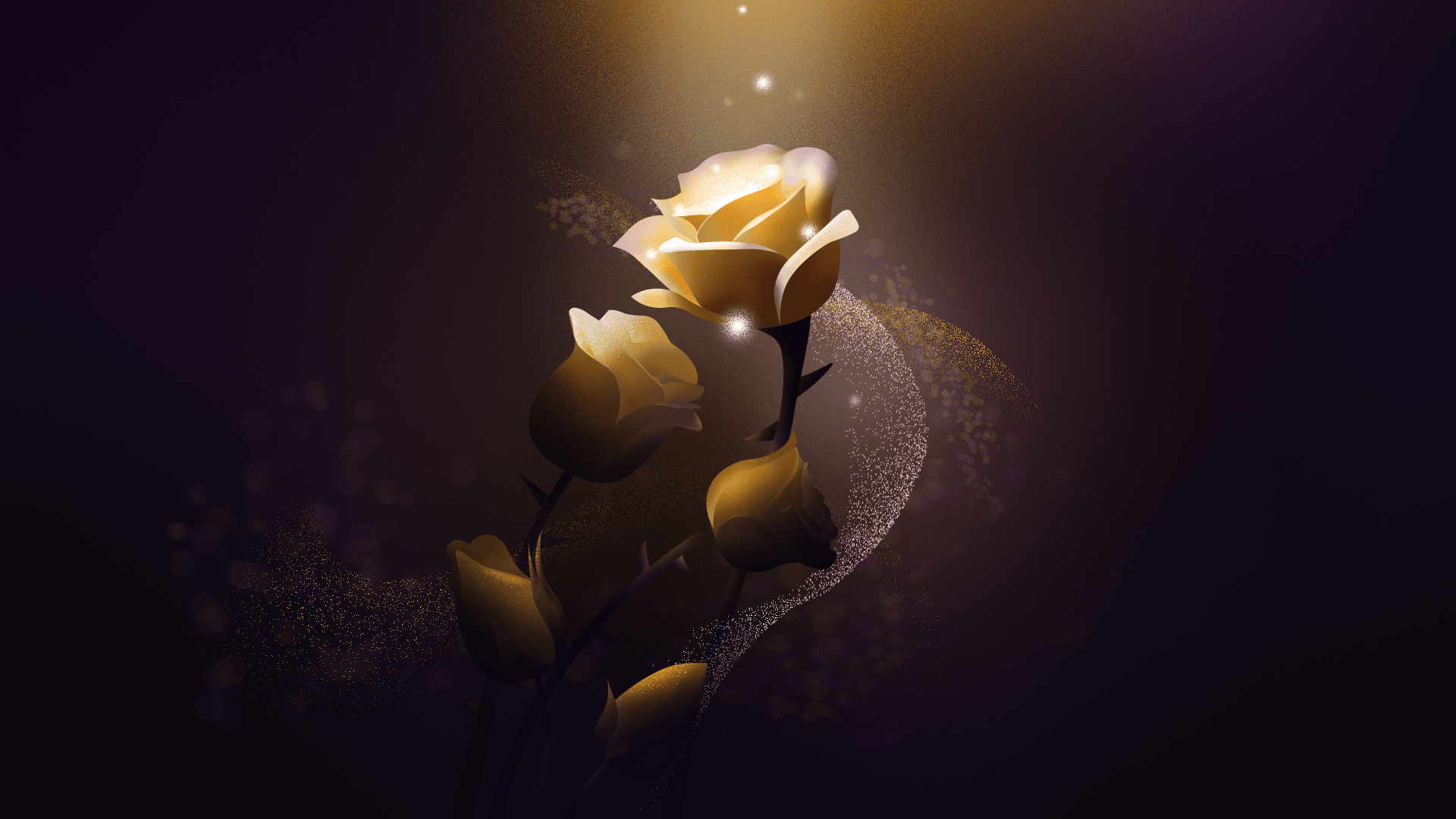
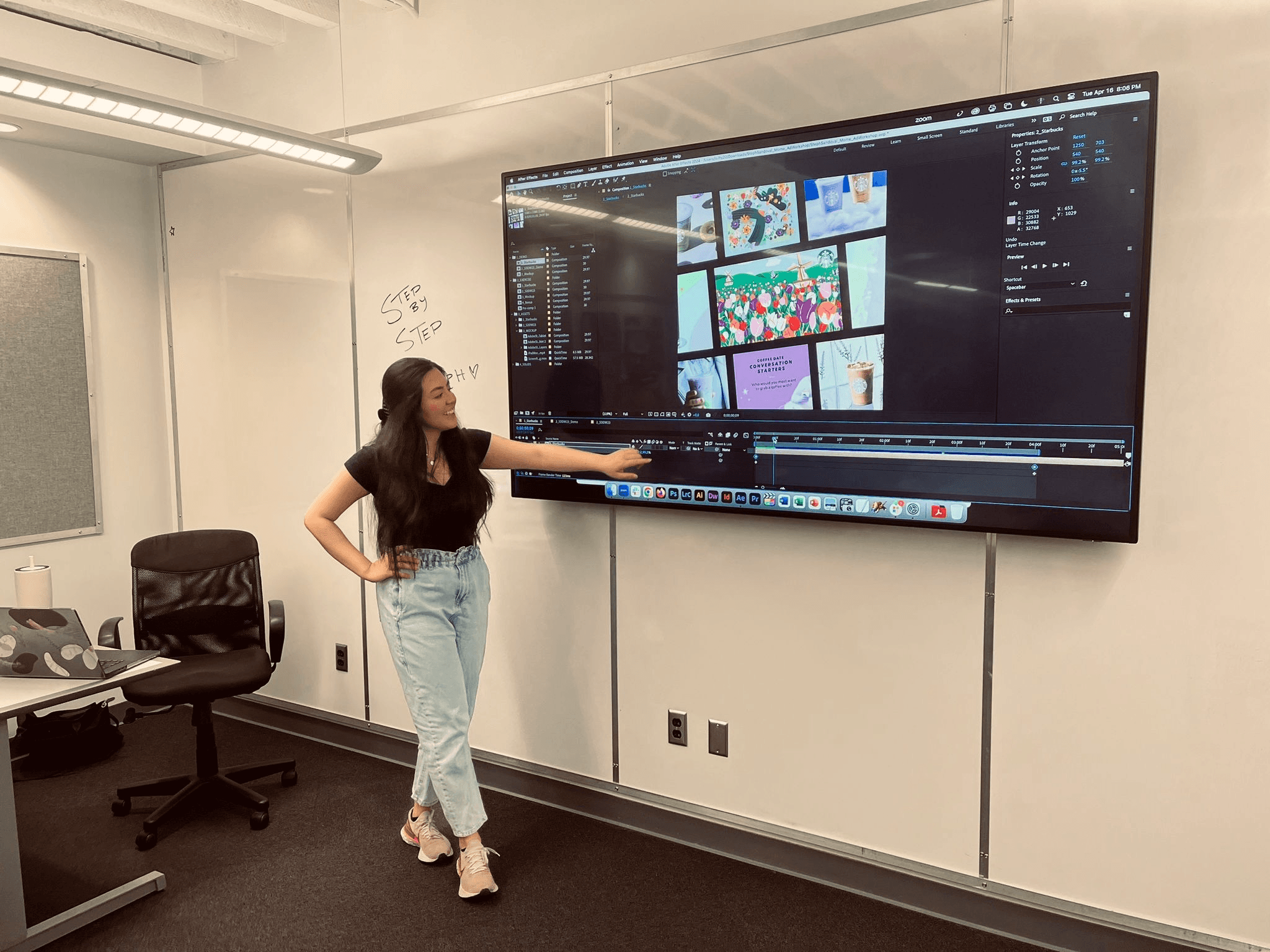
Image Credits
Special thanks to fellow motion designer Lauren Neu for The Bear Rebrand. Full details of collaboration on my website.


